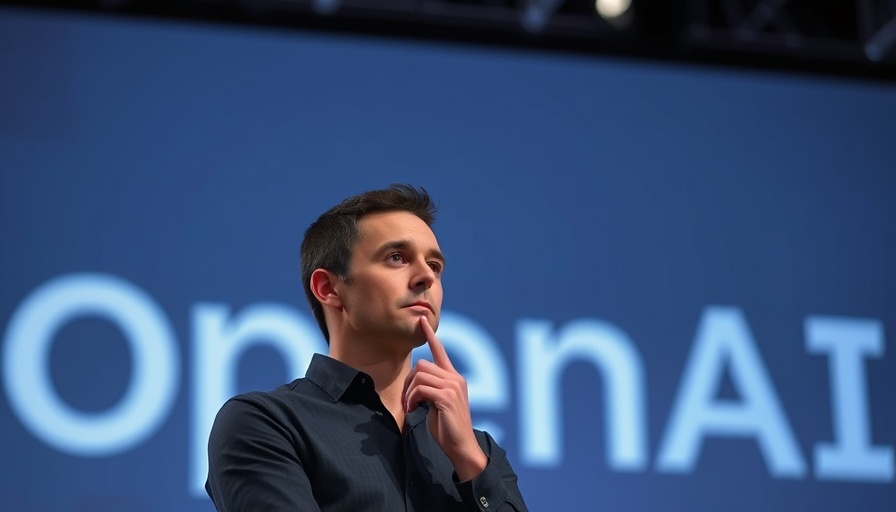
OpenAI's New Verification Process: A Gateway to Advanced AI Models
OpenAI has recently announced a significant change in how developers will access its AI models. As highlighted in a new support page published on their website, the company may soon implement a mandatory ID verification process for organizations wishing to utilize certain advanced AI models through its API. This initiative, dubbed 'Verified Organization,' aims to ensure safer and more secure usage of OpenAI's technology while unlocking the most cutting-edge capabilities for developers who meet the new criteria.
What Does Verification Entail?
According to OpenAI, the verification process requires a government-issued ID from one of the countries supported by the API. Each ID can only verify one organization every 90 days, and not all organizations will be eligible for verification. This structured approach is likely aimed at curtailing the misuse of AI technology, which remains a concern for OpenAI, especially as its models evolve to be more powerful and complex.
Mitigating Risks: A Strategic Move
The decision to adopt a verification model stems from OpenAI's commitment to responsible AI development. The organization has noted that a small percentage of developers have previously abused the API, engaging in activities that violate usage policies. By requiring verification, OpenAI hopes to enhance the safety of its tools and ensure that they are used in a manner consistent with ethical guidelines. This new strategy comes alongside OpenAI's ongoing efforts to tackle malicious usage of its models, including attempts by parties tied to North Korea.
Impacts on Global Access and Security
As these advanced AI models become increasingly integrated into various business applications, the implications of such security measures could be profound. They raise questions about global access to cutting-edge technology. In particular, OpenAI’s prior action to block access to its services in China highlights evolving geopolitical dynamics around technology access. Do these measures stifle innovation in certain regions? Or do they provide necessary safeguards against potential misuse and IP theft? As highlighted by Bloomberg, OpenAI has scrutinized instances where sensitive information might have been exfiltrated, particularly linked to foreign entities training proprietary models with illicitly obtained data.
What Lies Ahead for OpenAI and Developers
Looking forward, how will the industry adapt to these changes? Developers will have to navigate this new landscape if they wish to continue utilizing OpenAI’s powerful models. The current push for verification appears aligned with a broader trend in tech towards more stringent usability regulations and ethical standards—a growing necessity in our increasingly connected world.
Understanding the Broader Context
As the global tech landscape continues to evolve, issues of security, access, and ethical use of technology will prevail. For developers, this change could signal an opportunity for greater introspection about their responsibilities and the potential societal impacts of their work. For companies considering the integration of AI technologies into their operations, being aware of these stewardships is just as critical as understanding technical capacities and innovations.
Pushing for Ethical AI: A Community Discussion
This development sparks larger discussions about the ethical implications of AI in business and society. It challenges organizations to rethink strategies regarding data privacy and security, while encouraging dialogue around how technology can be used responsibly. As seasoned journalists have observed, such conversations are vital as we stand on the brink of new technological frontiers.
Conclusion: The Call for Responsible Use
In summary, OpenAI’s implementation of a verification process for accessing its advanced AI models reflects the broader industry movement towards responsible technology use. As developers and organizations prepare for these changes, the emphasis on ethical stewardship will be pivotal in shaping a future where AI technologies are harnessed responsibly and beneficially for all.
 Add Row
Add Row  Add
Add 



Write A Comment